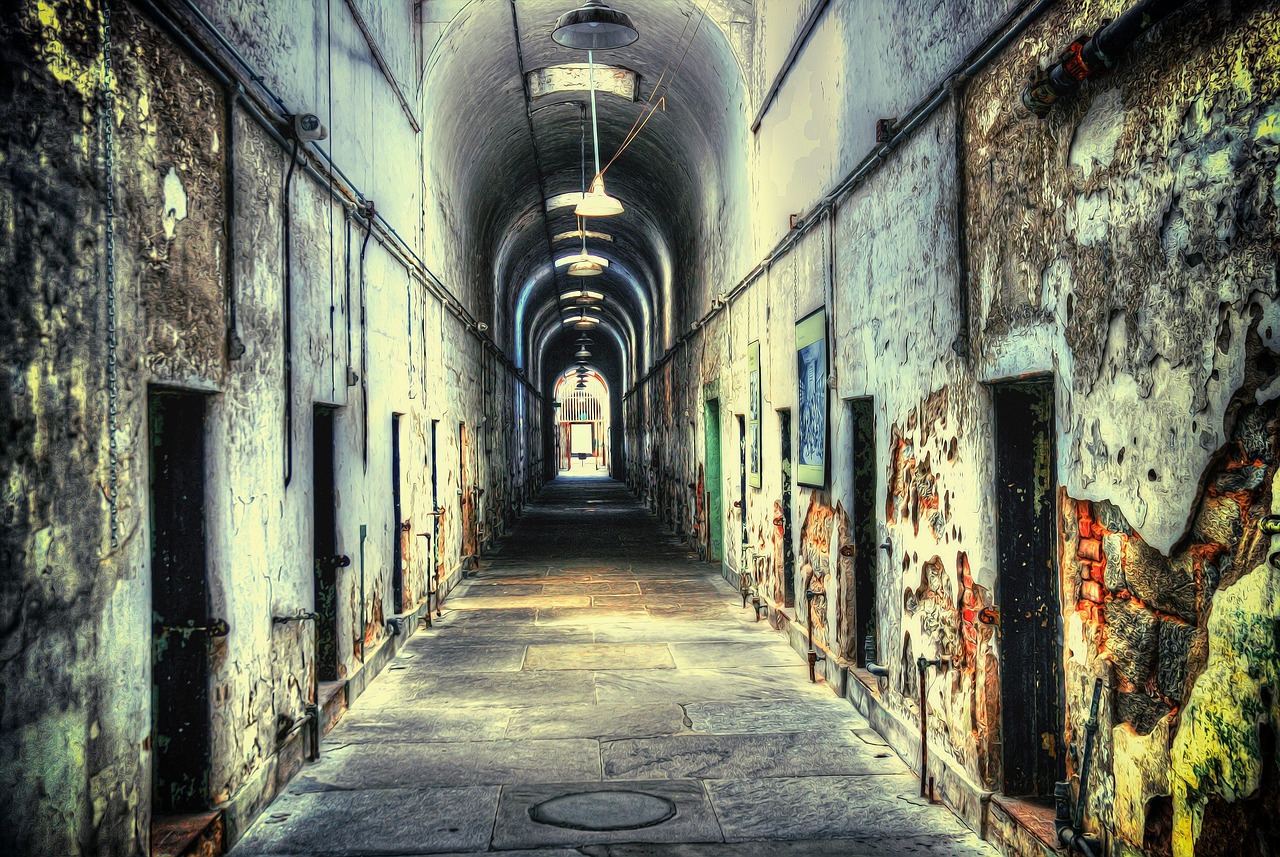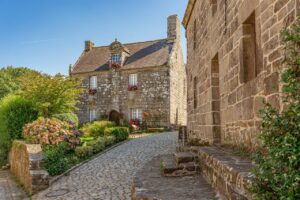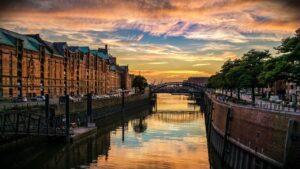Traveling to different places is frequently driven by curiosity and a hunt to do new gests and explore everything new and different, many people seek the strangest and unique guests, including visiting abandoned and intimidating places around the world, which is one of the most distinctive and strange guests around the world.
1. Madame Village, United Arab Emirates
When you imagine that nature controls you, the color green most probably comes to mind. But in Madame’s Village, Nature turns unheroic for you.
Located 70 kilometers( 43 long hauls) from the megacity of Dubai in the United Arab Emirates, Madame Villa is a” small ghost city” that in recent times has become a sightseer magnet.
The villa is distinguished by two rows of furnished houses, and an elegant synagogue, it seems that people abandoned it in a hurry, leaving behind agreements that are now being restored by the desert.
There’s no definite answer as to why the vill was abandoned, but experimenters point to the emergence of metropolises similar to Dubai and Sharjah, where people went in hunt of better openings and easier living conditions.
2. Stack Rock Fort, Wales, UK
Located off the seacoast of Pembrokeshire, West Wales, it’s a time capsule in the form of a fort erected on an islet, long abandoned.
The fort” Stack Rock Fort” was erected in the Fifties of the XIX century to cover against ocean irruption. But its use has declined over time.
For nearly 100 times, the stronghold has been sluggishly reclaimed by foliage and fauna.
Nicholas Muller, the new guardian of the castle and director of the company” Anoniiem” community interest, which bought the stronghold and plans to save it, told CNN that hazelnut shops grow there, and seabirds are also common, including three types of suckers at a minimum, ranging from 300 to 500.
Muller said that large black gluttons have settled the stronghold and, frequently, they can be seen sitting with their bodies outstretched.
3. Hutuan, Xingshan islet, China
The population of this fishing vill exceeded 3 thousand people preliminarily, but its remote position on Xingshan islet, which is part of the Zhoushan archipelago, makes it delicate to learn, work, and get food, as it takes further than five hours to get to the landmass.
This reality urged people to be displaced in the nineties of the last century, and by 2002 the vill was fully abandoned.
This allowed nature to restore the land, as green climbing shops covered everything that people left before.
4. Ta Prohm, Cambodia
This tabernacle was used as a background for the film” Lara Croft Tomb Raider” by American actress Angelina Jolie in 2001. It’s located east of Angkor Thom, the ancient capital of the Khmer Empire.
It was erected at the end of the XII century as a Buddhist friary and a university, in the vicinity of which more than 12,500 people lived serving the tabernacle, as well as another 80 thousand in bordering townlets. The tabernacle and the girding timber areas were abandoned three centuries later when the King moved the capital of the Empire down from Angkor.
Also, the tabernacle has left what allowed trees to grow throughout the complex, the most notorious of which on” Instagram” are giant fig trees, Banyan, and kapok, the roots of which envelop the walls of the tabernacle.
5. Steamship yungala, Australia
After the sinking of the” Yungala SS” more than a century ago at the bottom of the ocean, the largest and safest shipwreck in Australia has come an ecosystem that provides a niche for some of the most amazing brutes in the ocean.
In 1911, one time before the” Titanic” set passage, Hurricane Yasi sank the boat in the Great Hedge Reef Marine Park, causing the loss of all 122 passengers and crew members in the ocean. It was one of the most woeful maritime disasters in Australia’s history, and after an original seven-day hunt it turned out to be empty. The boat wasn’t discovered until it was linked in 1958.
The length of the remains of the wreck is 109 measures, they’re covered with brightly colored coral carpets, and they form a niche for hundreds of different species, from loggerhead turtles, marble lobsters, bull harpies, and moray eels.
6. Mangapurua Valley, New Zealand
After the First World War, the land located in the Mangapurua Valley on the North Island of New Zealand was offered to dogfaces returning from military service. The agreement was opened in 1919, settled by 40 dogfaces with their families, who sought to try to live on the land, but the closeness of the Valley and poor agrarian soil led to its complete abandonment by the mid-forties of the last century, allowing the timber to grow again and the return of original creatures.
7. The demilitarized zone in Korea
70 times after the end of the Korean War, the 160- afar(257-kilometer) Disarmed Zone separating North and South Korea remains a no-go zone.
This area was formerly a center of conflict, former townlets, and military outfits still live, and the lack of mortal intervention has allowed the land to sluggishly become a haven for wildlife.
The area is now a thriving niche for more than 6,000 species of shops and creatures. Of the 267 risk species in Korea, 38 live in the disarmed zone, according to the National Institute of Environment. These include the Mongolian lizard living on the beach banks and under the jewels, otters swimming along the swash that runs between North and South Korea, risking musk deer, and Manchurian Trout.
8. Ilha da coimada Grande, Brazil
Located off the seacoast of Sao Paulo in southeastern Brazil, it’s an islet girdled by escarpments and covered with tableland tropical timbers and campaigns. But if you suppose it’s an ideal vacation destination, the original wildlife may change your mind.
Despite its small size, Ilha da Quemada Grande is home to the largest number of Golden snakes in the world, estimated at 2,000, which earned it the surname Snake Island. Piecemeal from snakes, the islet’s fauna includes batons, lizards, two species of Resident perching catcalls( Wren and banana), as well as numerous migrant catcalls and seabirds, similar to the brown gannet that visit the islet.




